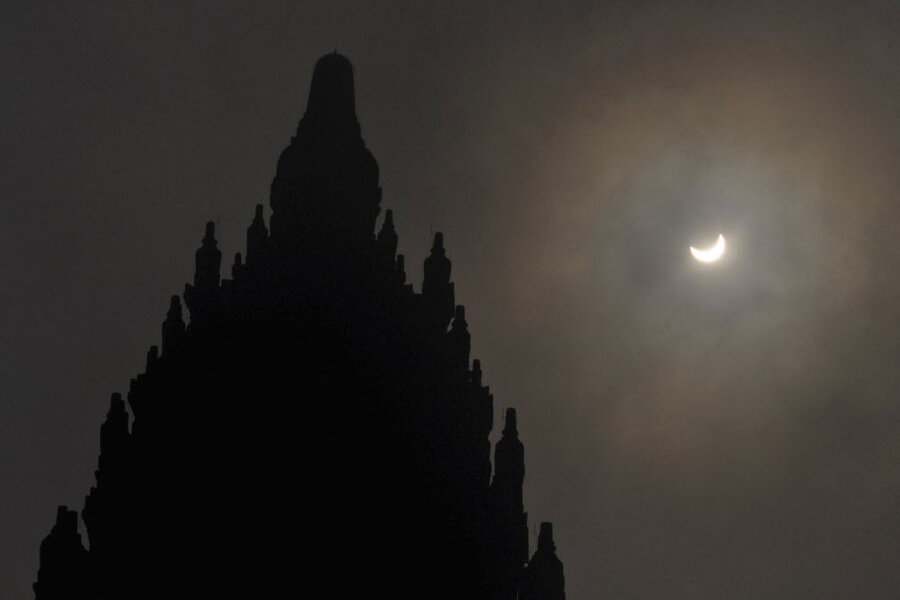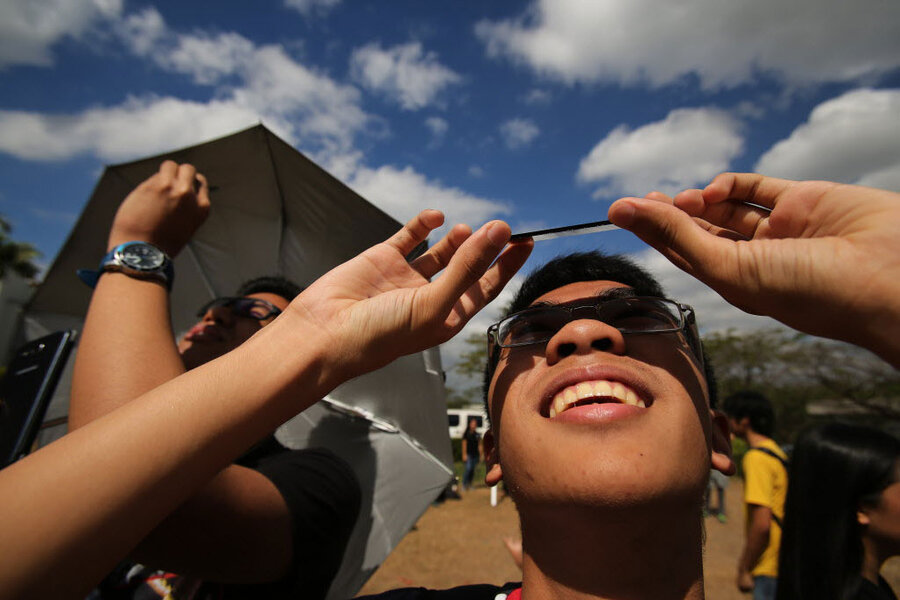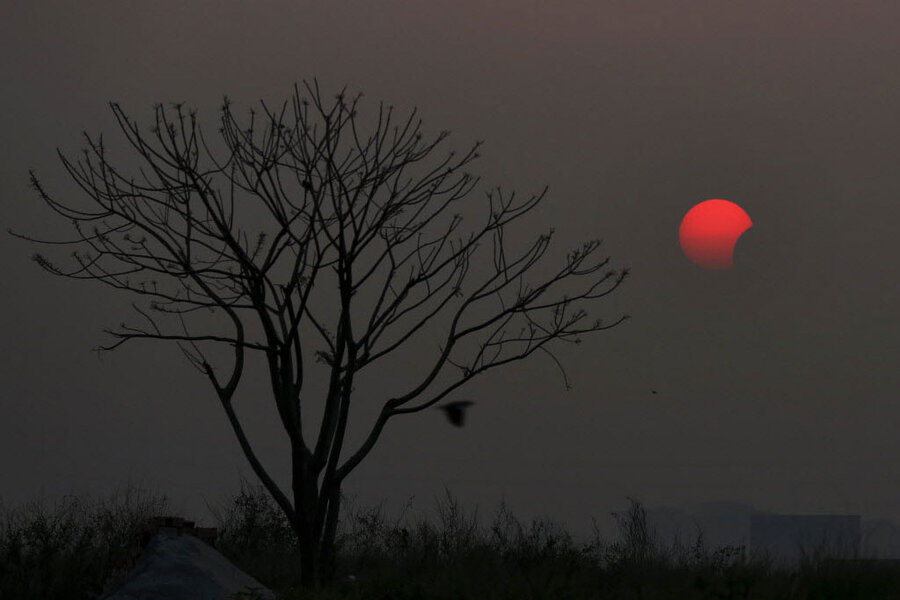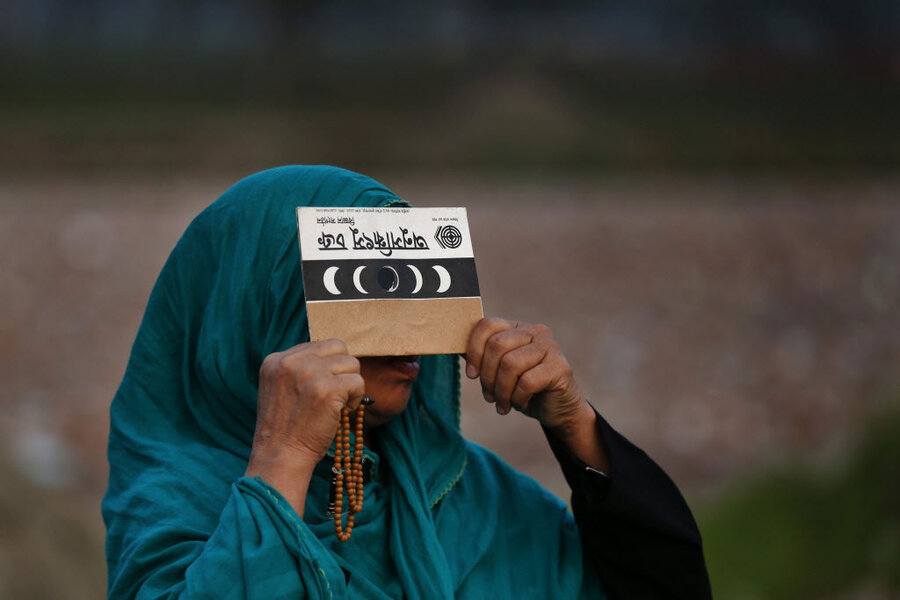Spectacular solar eclipse amazes skywatchers
Indonesians and tourists alike celebrated the country’s first total solar eclipse in more than three decades on Wednesday, although the view was spoiled by cloudy conditions for some skywatchers.
Indonesia has been promoting the eclipse in hopes of boosting tourism there, an industry that saw around 10 million visitors to the archipelago last year. The eclipse ended up bringing in thousands of astronomy aficionados and casual observers, who were also greeted with music festivals and markets linked to the celestial event.
“We accommodated tourists as far as our capacity allowed,” Muhaimin Ramza, manager of an Aston Hotel in the South Sumatran capital city of Palembang, told Reuters.
The total eclipse was the first viewable in Indonesia since 1983, and the island nation will not see another until 2049. Other areas around Southeast Asia and the Pacific, as well as Australia, were able to view the event as well but Indonesians had the only full view of the silhouetted sun.
A solar eclipse occurs when the moon travels between the Earth and the Sun, casting its shadow on the world. Total eclipses are less common than partial eclipses, which see the Earth passing within the moon’s shadow but missing the completely obscured view of the Sun. The last total eclipse happened one year ago, and was only visible from the North Pole.
Wednesday’s total eclipse could be viewed only on a narrow path through several Indonesian provinces, while the rest of the region saw the partial phenomenon. It lasted between 1 and 3 minutes, depending on location. The next total eclipse will occur in 2017 and be viewable in the United States.
The event inspired many Indonesians to go out and see the rare sight, as many citizens had not experienced the 1983 eclipse or subsequent ones in other countries.
“The sun totally disappeared. How amazing this sunny morning suddenly changed to dark,” said Junaz Amir, a resident of the town of Sigi Biromaru in Indonesia’s Central Sulawesi province, according to The Associated Press.
Across the ocean, a plane full of eclipse chasers also got the chance to see the event, but from air rather than land. Around a dozen enthusiasts boarded a flight from Alaska to Hawaii that was expected to pass through a prime viewing area for the eclipse after an airline rescheduled to match with the event.
“It is an experience,” self-styled “eclipse geek” and astronomer Joe Rao told the AP. “Every fiber of you gets involved in those few moments when the sun is totally eclipsed.”
While many across the country enjoyed seeing an eclipse for the first time, many were disappointed by weather that obscured the sun and moon from view.
“It was very annoying that we couldn’t see the sun properly,” Palembang resident David Pratama told Reuters.
Six people who traveled from Canada and the US to view the eclipse were stymied by the weather, including optometrist Ralph Chou who was hoping to view his 19th total solar event.
“Unfortunately we got nothing because we had rain showers and solid cloud,” Chou told the AP.
This report contains material from the Associated Press.












